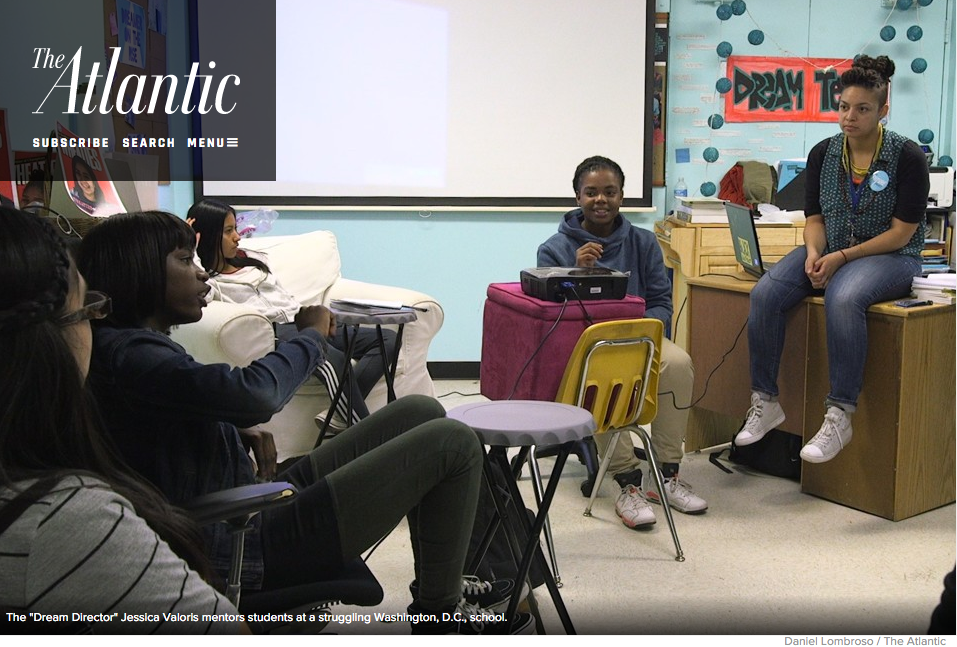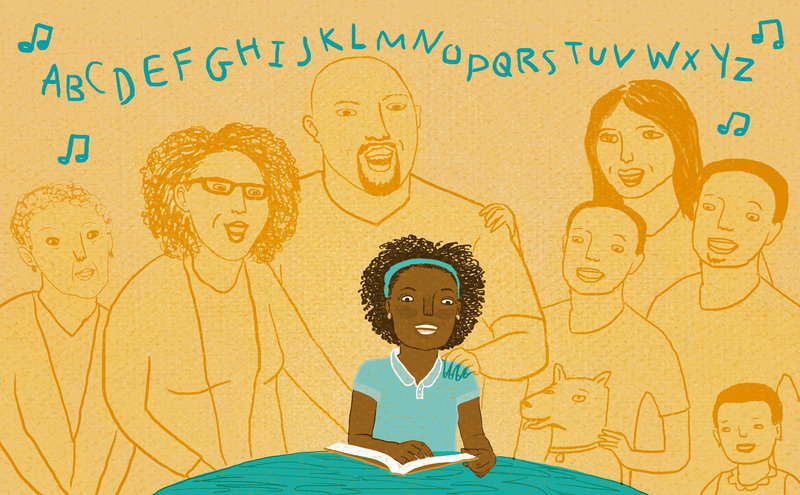Q&A with Nancy Deutsch: Social Media’s Impact on Teens Can Be Both Good and Bad
By Audrey Breen, Reprinted from UVA Today
U.S. Surgeon General Dr. Vivek H. Murthy recently released an advisory warning of the “profound risk of harm” social media use can have on adolescents, in hopes of calling attention to “significant public health challenges” that he feels need urgent attention and action.
The report focuses on the impact of social media on youth mental health and wellbeing and cites teens’ near-universal use of social media platforms. It also notes potential benefits as well as harm that participation can cause and calls for action from groups like policymakers, tech companies and researchers.
Nancy Deutsch, associate dean for faculty development at the University of Virginia’s School of Education and Human Development and the Linda K. Bunker Professor of Education, directs Youth-Nex, a research center focused specifically on positive youth development. We caught up with Deutsch to better understand why this warning is coming now and what can be done to better support teens.
Q. The Surgeon General report includes both the potential benefits and harms of social media use. What are the benefits?
A. Teens now have access to their close friends, as well as lots of other peers, from anywhere at any time. On the one hand, this means that teens can access social support from their peers more easily and in real time. It also means that teens who may feel socially isolated at school or in their community may be able to find peers who they can connect with outside of their geographic area in a way that they couldn’t before.
For example, if you struggle socially at school, but find like-minded peers at summer camp, you can now connect with them more easily during the school year.
Youth also use social media to organize politically and to engage in social movements and civic activity. Since youth under 18 can’t vote, social media can be a tool for other kinds of civic organization and information-sharing.
Q. How is social media potentially harmful?
A. Young adolescents are particularly focused on social information, especially in relation to their peers. In part, they want to be able to connect to friends, and social media is a tool for that. But the ubiquitous nature of social media means that young people today are never outside of the gaze of their peers. There is no longer any respite from social pressures or negative interactions that occurred during the day. In fact, such negative peer issues can be amplified on social media outside of the presence of adults.
There is also a constant awareness of one’s social status on social media, something of which young adolescents are extremely conscious. The urge for social comparison and need for social rewards are strong at this age. Social media provides a context where one can compare oneself with others 24/7. Feelings of not measuring up, of not being positively reinforced, or of even being bullied or harassed in the worst cases, can all be psychologically difficult.
Given that most of us present an idealized version of ourselves on social media, adolescents are also comparing their own reality with images that present only partial truths, or in some cases actual fiction. That sets youth up for negative self-appraisals, which can lead to low self-esteem, social anxiety and depression.
Q. Social media has been around for a while. Why are leaders sounding the alarm now?
A. There has been a lot of concern about adolescent mental health coming out of the pandemic. During the pandemic, teens could not connect in person with their peers. This means that social media took on a much greater role. In that case, it was really meeting a developmental need. Yet at the same time, as noted above, that did not come without downsides.
As we moved back into in-person socializing and education, teens are still engaging on social media, just as they were before the pandemic. But we have seen an increase in youth-reported mental health symptoms. As a result, we are much more focused on causes that are within our control and looking for interventions to support young people.
Q. Dr. Murthy calls on researchers to help us better understand social media’s impact. How can Youth-Nex help?
A. We need to hear from young people themselves how they are using these tools and examine what types of use predict positive versus negative outcomes.
Youth-Nex is also involved in helping to translate research for practitioners in the field. In that role, we talk with educators and other youth-serving professionals about the developmental needs of adolescents and help them think about what that looks like in the settings in which they work and how they can use that information to drive their practice with youth.
We tend to start with youth’s developmental needs and then help practitioners problem-solve in relation to that; how the behavior you are trying to address is reflective of a particular developmental need, and how we could better design this setting or engage youth to address that need in a healthy way.
Q. Do you have any resources or recommendations for parents and caregivers to support adolescents and social media use?
A. I think that it is important to help young people identify what their goals are in social media use and to help them set reasonable limits. By talking to teens about what they see as the benefits of social media, as well as the negatives – which the reports suggest that teens can and do recognize – you can jointly develop rules that help them meet their positive goals for using social media and put guardrails on the risks.
For example, having smartphones in the bedroom is bad for sleep hygiene. Given how important sleep is for adolescent health, setting rules about where phones, and social media on any device, can and cannot be used, for how long and at what hours, can help limit the relentless nature of social media engagement. This is likely to be most successful when you can acknowledge the reasons teens do want to be on social media and identify ways to meet those goals safely.
The Center for Parent and Teen Communication, run by the Children’s Hospital of Philadelphia, is a great resource for thinking about how to talk with teens about a variety of topics, including social media and mental health. Common Sense Media also has an education section which includes tools and resources for families to help youth navigate digital technology and social media.
To access the post about this discussion, please click here.










